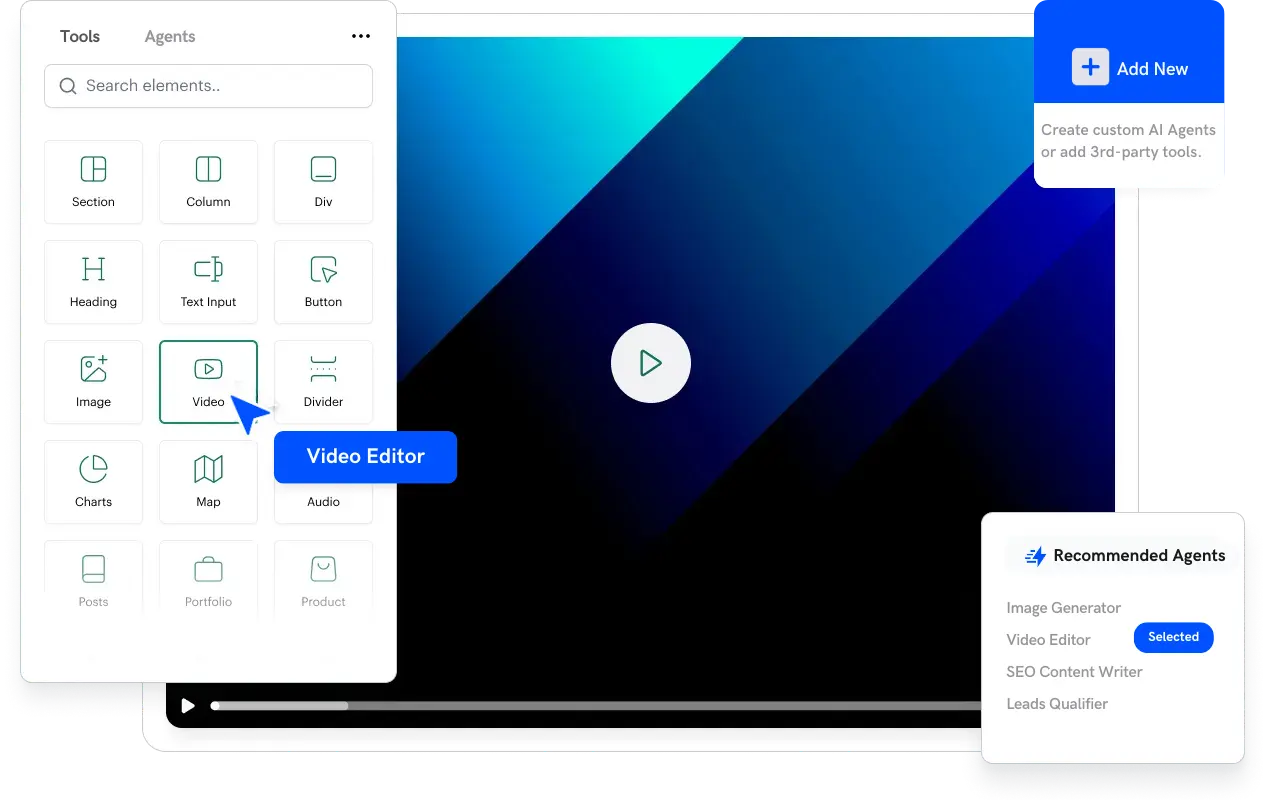Introduction
The convergence of artificial intelligence and digital transformation is reshaping industries worldwide. Innovative business models emerging in this era leverage AI to disrupt traditional processes, streamline operations, and create entirely new revenue streams. Studies by Accenture and PwC indicate that companies embracing AI-driven business models can achieve significant competitive advantages, including reduced costs and increased customer engagement. In this article, we explore the innovative business models enabled by AI, discuss how these disruptions create opportunities, and examine practical strategies for success. We also highlight TurboMode AI, a platform that integrates with these new models to enhance productivity and execution.
The Shift to AI-Driven Business Models
Traditional business models often rely on established processes and incremental improvements. However, AI introduces opportunities to completely rethink how value is created and delivered. Key transformations include:
- Automation of Core Processes:
Businesses use AI to automate repetitive tasks, reduce overheads, and achieve faster turnaround times. - Personalized Customer Experiences:
AI enables hyper-personalization, allowing companies to tailor offerings and communications to individual customer preferences. - New Revenue Streams:
Digital platforms and data-driven services create opportunities for subscription-based models, on-demand services, and innovative partnerships. - Agile Decision-Making:
Real-time data analytics and predictive models empower companies to make faster, data-driven strategic decisions.
Examples of Disruptive Business Models
- Platform-Based Ecosystems:
Companies like Uber and Airbnb have redefined entire industries by creating platform models that connect providers and consumers seamlessly. AI enhances these ecosystems by optimizing matching algorithms and predicting user needs. - Subscription and On-Demand Services:
AI enables businesses to offer personalized subscription services that adapt in real time to customer behavior. Streaming services and digital media companies are prime examples. - Data Monetization:
Organizations can turn data into a strategic asset by analyzing customer behavior and market trends, then monetizing these insights through targeted marketing and partnerships. - Collaborative Innovation Networks:
Leveraging AI-powered platforms to foster collaboration between companies can lead to joint ventures and strategic alliances, driving innovation and shared success.
TurboMode AI Spotlight
TurboMode AI exemplifies the innovative business models of the digital age by converting conversations into actionable tasks and automating workflows. This not only increases efficiency but also supports the agile, platform-based approaches that are driving modern business models.
“We’re shifting the game from managing work to getting work done.”
Discover how TurboMode AI fuels innovation—book a demo today.
Implementing Innovative Business Models
- Embrace Digital Transformation:
Develop a digital strategy that incorporates AI as a core component. This may include transitioning to cloud-based systems and integrating advanced analytics. - Invest in AI Infrastructure:
Ensure that your organization has the technical foundation to support AI-driven models. This includes investing in data management, cybersecurity, and scalable IT systems. - Foster a Culture of Innovation:
Encourage experimentation and risk-taking. Create cross-functional teams that can rapidly prototype and iterate on new ideas. - Leverage Partnerships:
Collaborate with tech startups, academic institutions, and other organizations to access new technologies and innovative ideas. - Monitor Market Trends:
Stay informed about industry developments and emerging technologies that can further disrupt traditional models.
Challenges and Considerations
- Cultural Resistance:
Shifting from traditional to innovative business models may face internal resistance. Effective leadership and clear communication of benefits are key to overcoming this barrier. - Investment Costs:
Initial investments in AI and digital transformation can be high, but the long-term benefits often justify these expenditures. - Regulatory and Ethical Issues:
As new business models emerge, companies must navigate complex regulatory landscapes and ensure ethical practices in areas such as data privacy and customer transparency.
Future Outlook
The future of business is being shaped by AI. As technology continues to evolve, innovative business models will become more prevalent. Future trends may include:
- Hybrid Models:
Combining traditional strengths with new, AI-driven innovations to create agile, resilient business strategies. - Enhanced Customer Interaction:
Increasingly personalized customer experiences driven by AI will become the norm. - Global Collaboration:
Companies will form larger networks of collaboration, leveraging AI to compete in a global marketplace. - Continued Disruption:
New industries and revenue streams will emerge, driven by the capabilities of AI in areas such as autonomous operations, predictive analytics, and real-time decision-making.
Conclusion
Innovative business models powered by AI are disrupting traditional industries and unlocking new opportunities for growth. By embracing digital transformation, investing in AI infrastructure, and fostering a culture of innovation, organizations can reposition themselves for success in the digital era. Platforms like TurboMode AI, which automate task execution and convert insights into action, further enhance the ability to innovate and execute. Take advantage of these transformative trends and future-proof your business—book a demo today.






